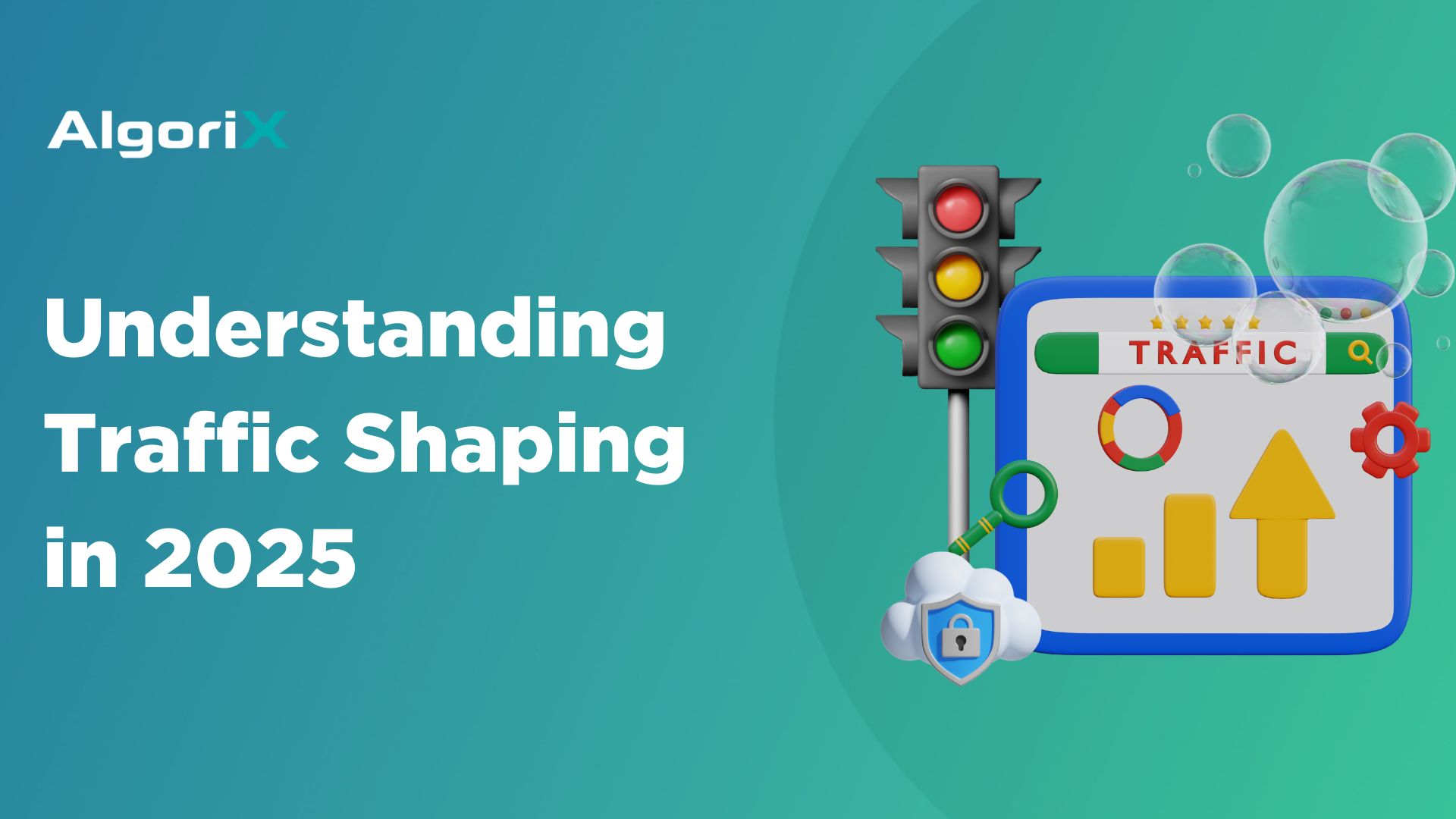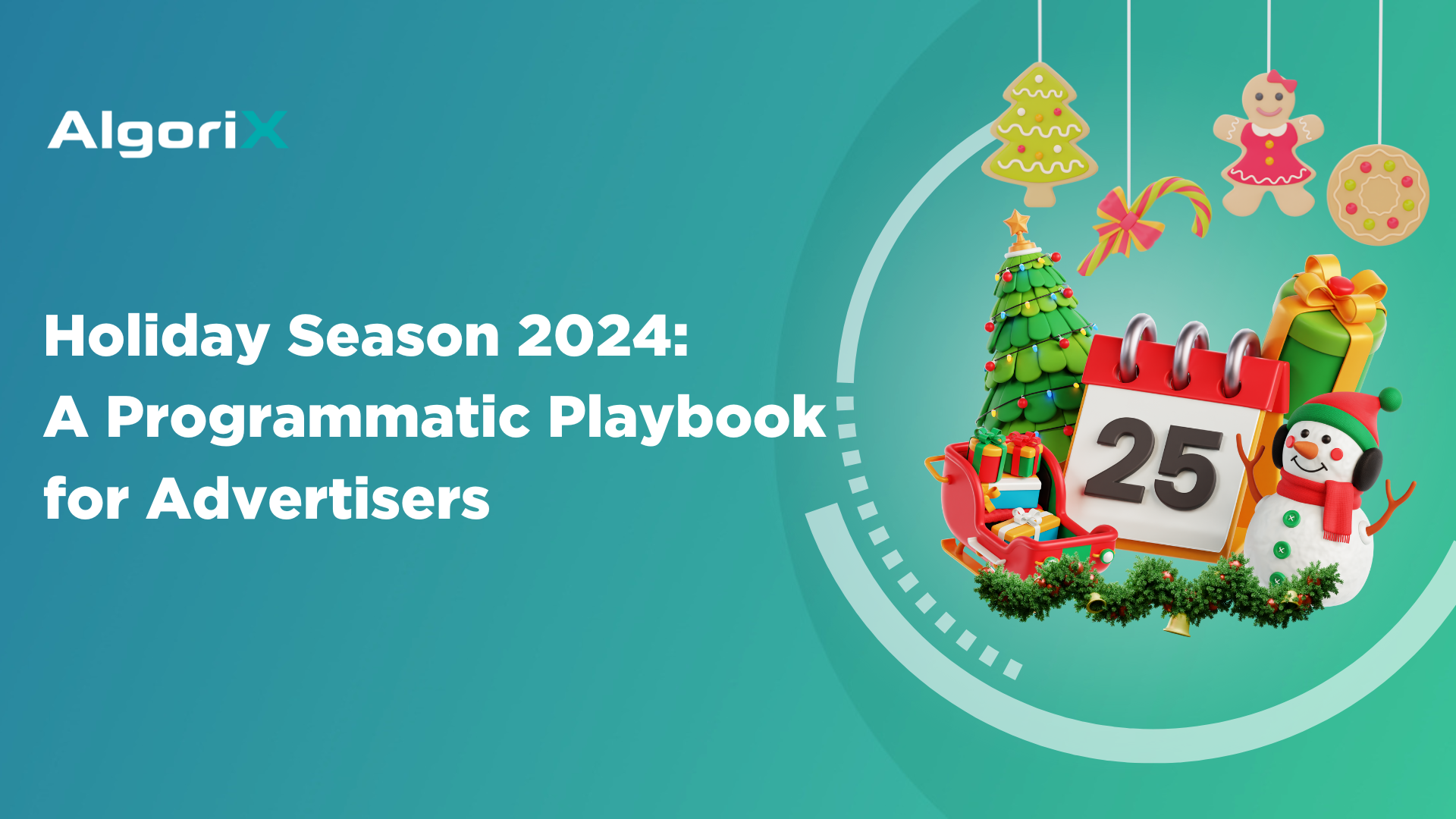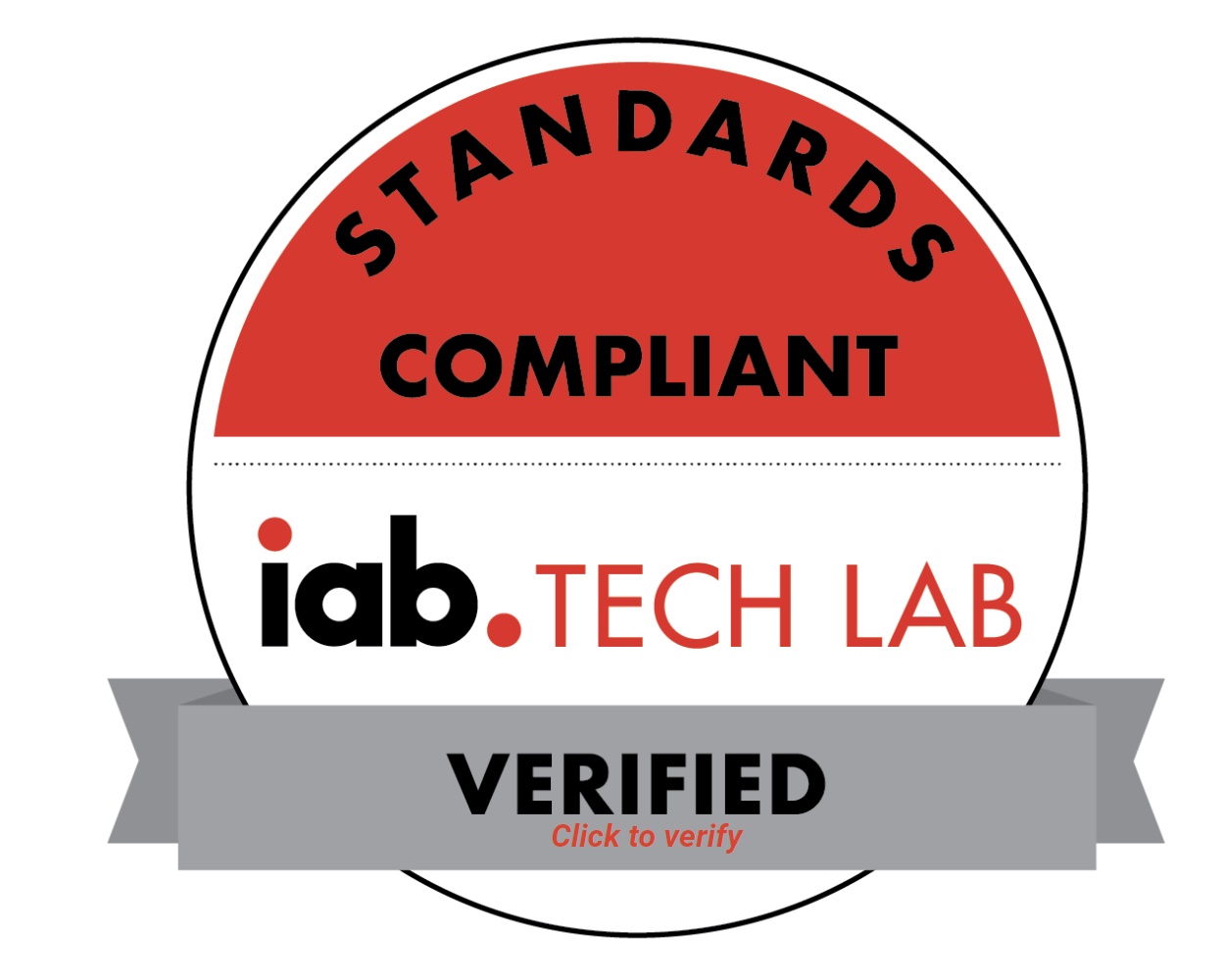Scaling business operations mean keeping up with current changes in the market. Both programmatic buyers and sellers need to follow standards and innovate to ensure that their strategies can boost efficiency and performance. Thankfully, the Internet Advertising Bureau (IAB) is making things happen in its Video Ad Serving Template (VAST). VAST 4.2 now allows buyers and sellers to monetize more efficiently. Ready to find out how? Read on.
VAST 4.2: The Landscape
The IAB is now phasing out Video Player-Ad Interface Definition (VPAID) and replaces it with Secure Interactive Media Interface Definition (SIMID). The VAST update would now include support for SIMID to support interactive usage, including a new tracking event and error code 902.
VAST4.2 can run high-quality video formats required when creating long-form video content. It also provides support for server-side tracking during ad-stitching, particularly for devices that cannot utilize client-side tracking methods.
The latest version also permits the embedding of optional scripts for increased ad viewability and verification.
What It Means for Sellers and Buyers
What value do these updates mean for both buyers and sellers
Advantages for Sellers
VAST 4.2 would make it easier for sellers to come up with a structure ad request template. Before this upgrade, sellers have found it difficult to follow a standard when reporting their inventory. It is pretty common to see several supply-side platforms (SSPs) to have their own parameters that make it hard for organizations to compare and contrast their data and performance. With VAST 4.2, there is now a standard process to do this.
Other useful updates for the seller side, include:
AdServing ID
VAST 4.2 now comes with an identifier, the AdServing ID. This identifier would make sellers more efficient when it comes to data comparison and impression tracking across many different platforms.
Ad Request Specification
VAST 4.2 now includes a macros-based Ad Request Specification, which allows sellers to obtain values that they can include in their ad tag while making an ad request. As mentioned, it would be easier for them to run the ad in real-time.
Server-Side Request Support
Sellers can now expect optimized processing of server-side requests, which would be extremely useful for Connected TV (CTV) and mobile advertising.
Improved Verification
Another change in VAST 4.2 is the improvement of support for verification processes. Sellers can now receive an outlined script that streamlines security and resolves any rendering issues that may arise, mainly for non-VPAID architectures.
Advantages for Buyers
The upgrade to the VAST 4.2 has advantages for sellers. But what about buyers—what doe they get from all these updates? Stronger ad performance–that’s one thing they can expect with VAST 4.2. The IAB made sure that buyers would benefit from improved performance and measurability.
Enhanced User Experience (UX)
The recent upgrade would allow buyers to enjoy high-quality ad rendering. Since the VPAID would be phased out and replaced with SIMID for interactivity and Open Measurement Interface Definition (OMID) for verification, sellers would not find it easier to avoid latency issues. For buyers, this means better viewer experience.
Better Viewability
Aside from improved UX, buyers can now access four new tracking events to ensure that they measure ad performance and viewability accurately. This means there would be better tracking of ad performance. From there, they can assess what works and what doesn’t, allowing them to adjust accordingly to increase their bottom line.
Digital Audio + Video
VAST 4.2 combines digital audio and video ads into one standard, so buyers no longer have to find different plug-ins to support both.
In sum, both buyers and sellers should brace for VAST 4.2 as it can bring in improved viewability, structured metrics, and efficient programmatic video and audio advertisements.
For more information about AlgoriX’s VAST updates or programmatic advertising, reach out to us.













